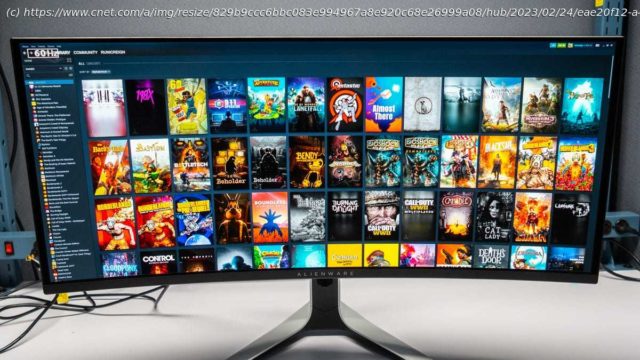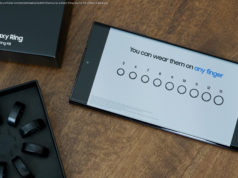Array
Monitor testing and evaluation for standalone reviews or inclusion in our list of best monitors consists of formal and subjective quality tests and hands-on assessment of the display’s design and features — connection selection and location, menus and options and overall behavior. As part of the process we use the monitor for tasks specific to its mission, such as everyday productivity, video streaming, image and video editing, or different types of gaming, such as first-person shooters or roleplaying games. Note that we only report a fraction of our results, usually what’s necessary to adequately convey a monitor’s strengths and weaknesses for particular uses.
The process begins with unboxing and setup. Each monitor is connected to our Windows-based desktop testbed (or a relatively high-end Mac in cases that require it), equipped with a current-generation Intel Core i9 and high-end Nvidia GeForce graphics card. Both the computer and monitor are plugged directly into a wall outlet to prevent any power issues that might affect performance.
We generally prefer to use our cables rather than the manufacturer-supplied ones since they’re a known quantity and tend to be higher quality; if we run into any issues, we double check using the manufacturer’s cables. DisplayPort is our primary connection for testing. If the monitor specifies any console-specific capabilities, we connect it to the relevant console — Xbox Series X and/or PS5 — via HDMI.
Before any testing begins, we photograph the default settings and all menu options for reference and to determine the complete set of tests we’ll need to run on that particular monitor given its specific capabilities.






